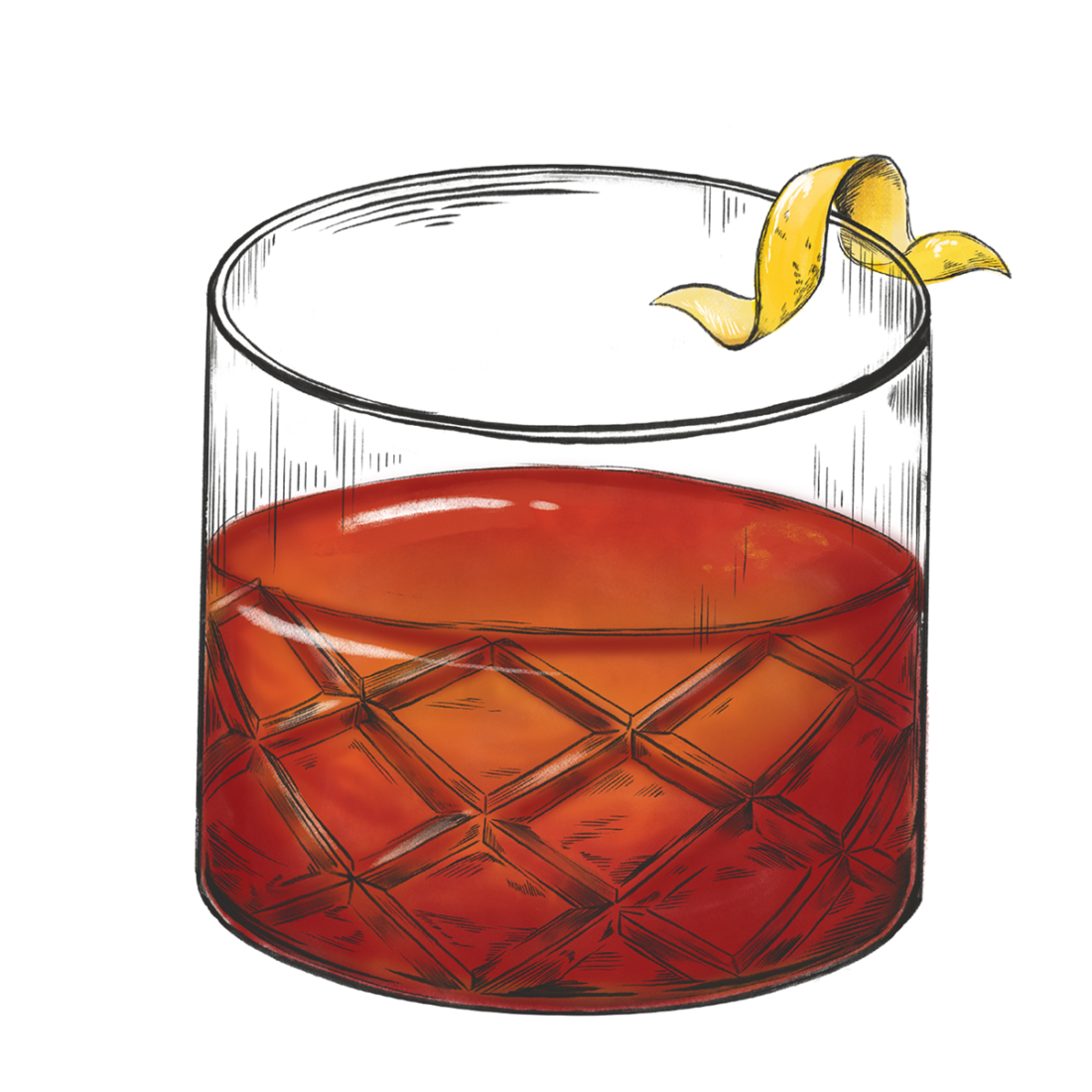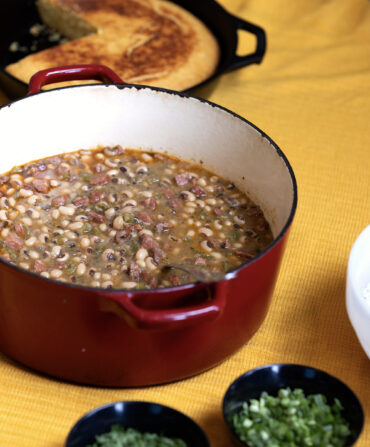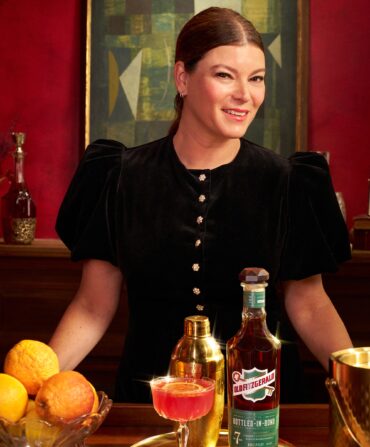VIDEO: MIGUEL BUENCAMINO / HOLY CITY HANDCRAFT
History: The next time you take a seat at a proper cocktail bar, order a Sazerac. And when it arrives, austere in its lack of ornamentation but distinctive in its gorgeous ruby hue, odds are that your neighboring patron soon will order one, too. Such is the Sazerac’s subtle allure. But long before it became a darling of discerning mixologists everywhere, it was conceived in the only place it probably could have been—the French Quarter of New Orleans. Antoine Peychaud, a Creole from Saint-Domingue (now Haiti), landed there in 1795 and set up an apothecary on Royal Street. Circa 1838, he compounded Peychaud’s bitters, a colorful digestif tonic derived from the Gentian flower root and redolent of anise, mint, and floral aromas. The formula proved quite the thing for flavoring cocktails, and by 1857 the Sazerac Coffee House was advertising the adoption of Peychaud’s “aromatic bitter cordial.” That libation almost certainly was made with brandy, until a disease in European vineyards, or simply local imbibing preferences, ushered a switch to rye whiskey and established the Sazerac’s most classic incarnation.
That spicier but well-balanced recipe became the signature cocktail of the swanky Sazerac Bar at New Orleans’s Roosevelt Hotel, where the fairly stiff drink has been mixed for presidents, celebrities, gangsters, and tourists since 1938. “I always refer back to the Sazerac when thinking up a new cocktail,” says Ti Martin, owner of Commander’s Palace and contributor to the Museum of the American Cocktail. “I love that it tastes like its liquor and not just sugar.” These days, other true fans also can drop into the Quarter-bordering Sazerac House exhibit (operated by the Sazerac Company) to learn a lot more, and even witness the on-site production of Peychaud’s bitters.
Mixologist tip: Never shake the ingredients, and don’t serve over ice.
Variations: Rye-averse drinkers often opt for bourbon, or time-travel back to the recipe’s roots with brandy or cognac.













